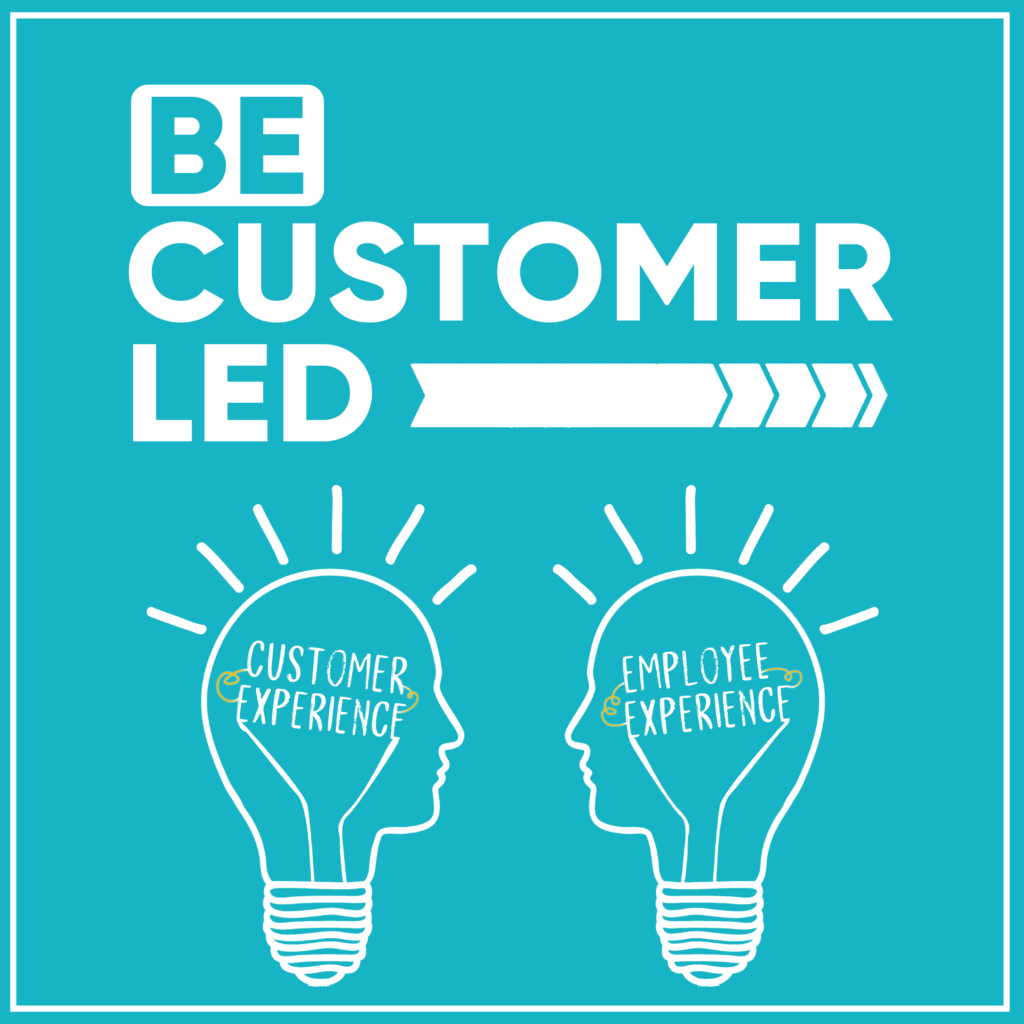I recently wrote about stages of customer experience maturity and outlined what it means to be customer-focused (Are You Focused, Centric or Obsessed). Today I want to highlight what it means to be customer-centric vs. customer-obsessed; these are the last two stages of how our employees are feeling along the continuum.
Customer-centric Businesses
Moving along from client-focused, the client has now made its way into the company’s mission or vision statement, and while the company is now democratizing client insights, the actioning is still a little uneven – but it’s getting there. Your company has now set up listening posts along key points in the main journeys your clients go through to purchase products and services, and you’re starting to use technology like machine learning and natural language processing to weed out important nuggets in client feedback that help you take out friction points. The technology also helps optimize where you’re already strong for true differentiation.
Your company is also connecting the dots horizontally now versus in silos when you were “just” client-focused. The journey-based approach to insights is allowing for this finally. Oh, and your design team(s) are connecting with the insight team(s) and they’re in a happy place, collaborating and maybe even co-locating. And because design, insights, and the business are coming together around the client, you’re finally designing products and services at the intersection of great design/usability and your business’ strategic objectives.
Your clients are also starting to feel like they’re dealing with one company, not individual silos with different experiences. And your employees? They believe in the company’s mission to do right by the client, even though there are still some stragglers not there yet.
In short, the client is permeating every aspect of the business and, when all else is equal, the client breaks the tie in the discussion. But there are still a few things missing…
Client-obsessed Businesses
The client is now on ‘surround sound’ in your company, and the speaker volume is on level 10…all-day, every-day. There are no plays off the field for employees, and the seven most expensive words in business: “because we’ve always done it that way,” are like a foreign language people have never spoken or tried to learn.
As a business, you’re willing to completely change what you deliver in the interest of your clients, because you’re bringing them in as co-developers early in your innovation process and learning alongside them.
Now designers look for business problems to solve for, not just client problems, and they try to solve them through WOW moments for your customers. Customer Experience (#CX) is part of the strategy process, with Chief Strategy Officers and Chief Client Officers sharing an office wall with the CEO. Measurement of success is super easy too, and financial metrics are inextricably tied to client metrics – both sentiment and operational.
If you’re a public company, the customer is all over your Annual Report. On your website, you publish an annual “State of the Customer” report, highlighting what you’ve learned from your client in the last year and what you did about it.
Your CX leader(s) are actively working with your Human Resources leader(s) and have connected the CX-to-EX gaps – identified best practices, and are bringing them into recruiting, coaching, and other employee mechanisms and norms. Your Learning and Development team caught on in the transition to Obsession, designing and delivering training from the outside-in, with client empathy a core driver in the learning process.
Employees are ‘Obsessed’ about the customer and the business. Customers are ‘Passionate’ now. And prospect clients are scratching their heads wondering why they aren’t working with you already (or working for you!) as the word is out. Competitors, by comparison, are in the rear view mirror.
Okay, I am going to wrap it up here. Would love your thoughts – whether positive or critical. But I hope to continue writing on the topic, and hope you continue reading.
